Understanding Uterine Fibroids


Understanding Uterine Fibroids
Uterine fibroids are noncancerous tumors that grow in or on the uterus. They usually appear when you're of childbearing age – generally between 30 and 40 years old – but they can show up at any age. Many people don't have symptoms or have only mild symptoms, but they can be painful for some.
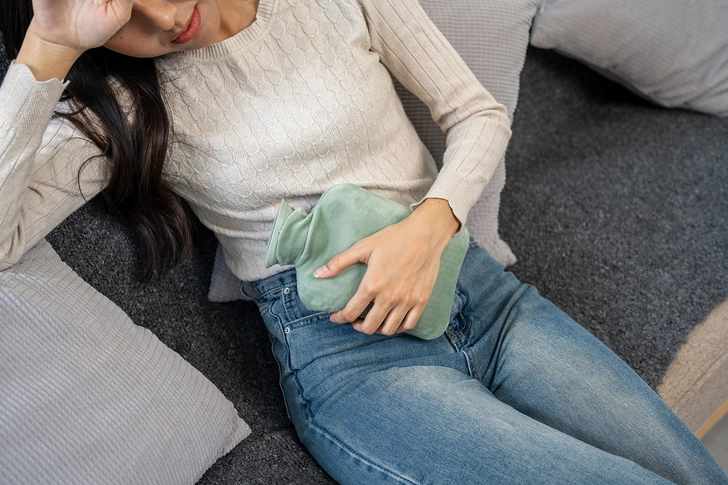
Common Symptoms
For those who do have symptoms, the most common ones are:
• Heavy, long, or painful periods
• Pain in the lower belly or back
• Painful sex
• Peeing often
• Discomfort in the rectum
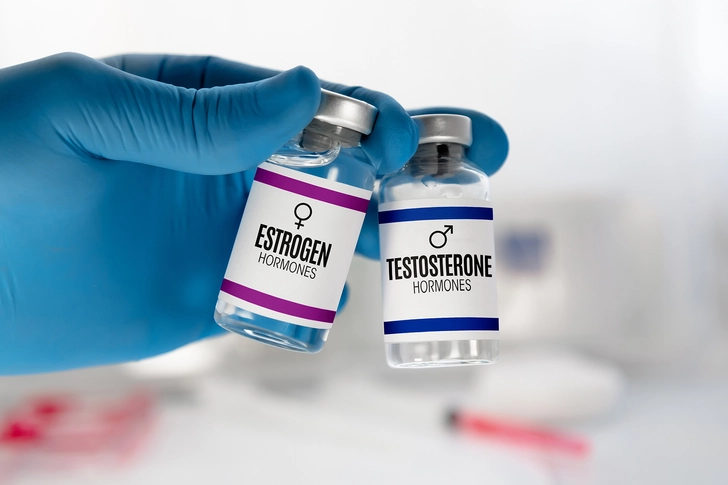
Hormonal Influence
Estrogen and progesterone are the hormones that make the lining of your uterus thicken every month during your period. They also seem to make fibroids grow. When you start making fewer hormones during menopause, fibroids usually shrink.
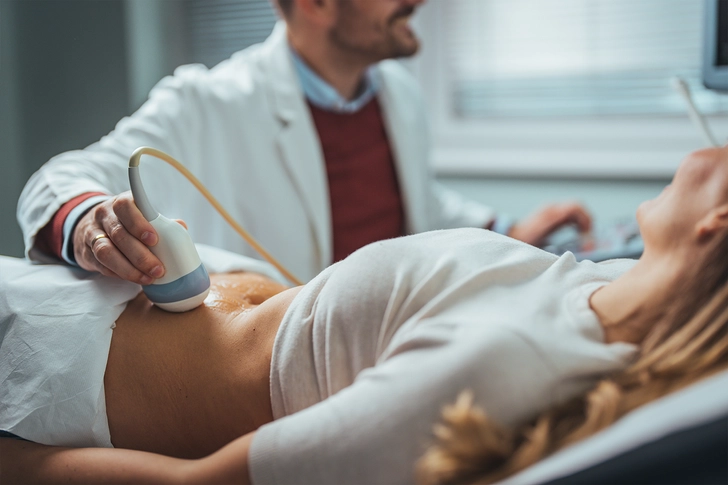
Diagnosing Fibroids
Ultrasound and MRI are common imaging techniques used to diagnose fibroids. These methods help your doctor judge the size and location of the growths accurately.

Medication Options
Medications for fibroids treat your symptoms. Fibroids won't go away, but they might shrink with some medications. They can also help with symptoms like pain and bleeding.

Surgical Treatments
For moderate or severe symptoms, you may need surgery for relief. One type of surgery, called a myomectomy, takes out fibroids while trying to leave healthy tissue alone. A hysterectomy removes your entire uterus and is the only way to cure fibroids. It is major surgery, however.
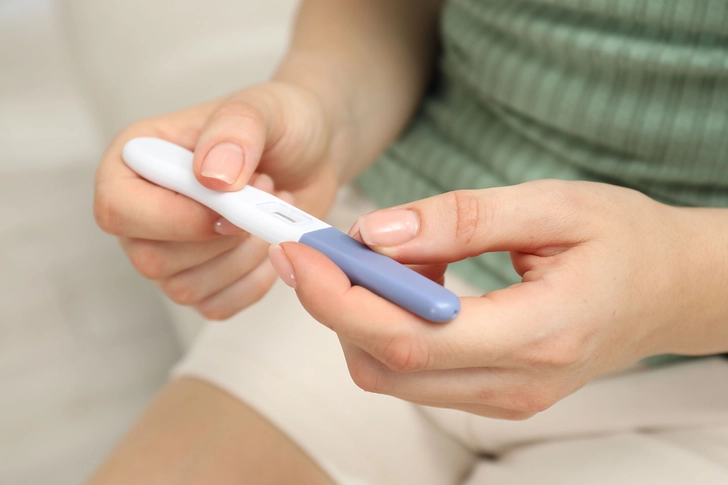
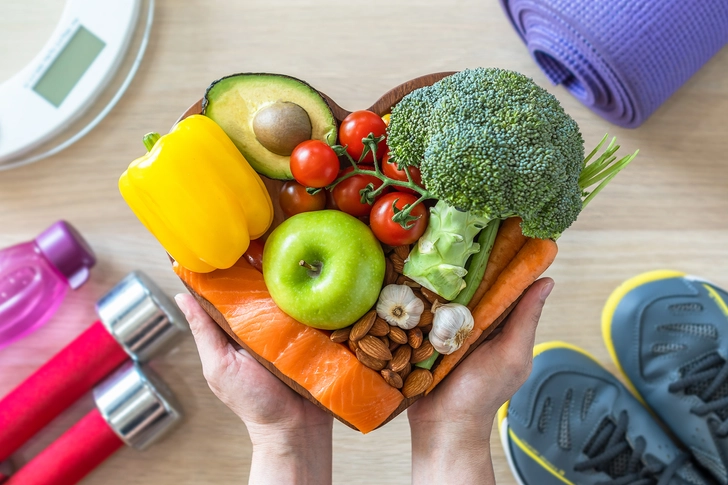
Prevention
Uterine fibroids can't be prevented, but research suggests a healthy diet and regular exercise can lower your chances of having them. One study found that eating fresh fruits and cruciferous vegetables like arugula, broccoli, cabbage, cauliflower, and collard greens could lower your odds.
Photo Credits:
1) Jo Panuwat D/Shutterstock
2) Natee Meepian/Shutterstock
3) angellodeco/Shutterstock
4) Dragana Gordic/Shutterstock
5) iStock/Getty Images
6) iStock/Getty Images
7) New Africa/Shutterstock
8) iStock/Getty Images
SOURCES:
WomensHealth.gov: “Uterine fibroids fact sheet.”
Mayo Clinic: “Uterine fibroids,” "Uterine polyps," "Fibroid locations."
American College of Obstetricians and Gynecologists: “Hysterosalpingography.”
UCLA Health: “Fibroids: Symptoms, Treatment, Diagnosis.”
American Journal of Clinical Nutrition: “Dietary glycemic index and load in relation to risk of uterine leiomyomata in the Black Women's Health Study.”
Journal of Obstetrics and Gynaecology Research: “Vegetarian diet and reduced uterine fibroids risk: A case-control study in Nanjing, China.”
Health System – University of Michigan: “Uterine Fibroids.”
NYU Langone Health: "Shrink Them, Zap Them, Starve Them: Newer, Minimally Invasive Fibroid Treatments Offer Hysterectomy Alternative."
MedlinePlus: "Relugolix, Estradiol, and Norethindrone," Elagolix, Estradiol, and Norethindrone."
Surgical Science: "Huge Intravaginal Pedunculated Fibroid Embolization and Resectoscopy – A Case Report and Review of Literature."
McLeod Health: "What’s the Difference Between Fibroids and Uterine Polyps?"
Fibroid Specialists of University Vascular: "Fibroid vs Cyst vs Polyp Differences."
Cleveland Clinic: "Uterine Fibroids."
Magnolia Regional Health Center: "What to Know About Uterine Fibroids After Menopause."